
But the court did rule that they behaved in a "reprehensible" manner in a later attempt to burn the victim's body and dispose of a baseball bat used in the attack.
Matthew Cummins (27), of Churchview Heights, Edenderry, Co Offaly and his co-accused Seán Davy, (26), of Clonmullen Drive, Edenderry, and James Davy (30), of Thornhill Meadows, Celbridge, Co Kildare, had denied murdering Mr Dooley at Sr Senan Court in Edenderry on February 12, 2014.
However, a unanimous jury found each man guilty of murder following a Central Criminal Court trial in 2016.
Cummins climbed in a window and then opened another window to let the other two in. Toddy, who was described as "soft" by one garda witness, was used to having young visitors at irregular hours and it appears he did not object. He sat down in his armchair, opened a can of Budweiser and drank with the intruders.
The three drank with Toddy for a time but at some point Mr Dooley was beaten to death and attempts were made to set his dead body on fire. The State had argued that all three men were equally guilty and were involved in a "joint enterprise" to murder Mr Dooley.
The three men gave different accounts of what happened in the house. Matthew Cummins claimed that "out of the blue" Seán Davy walked up behind the 64-year-old and beat him on the back of the head with the bat, before coming around the armchair to continue the beating from the front.
Seán Davy claimed that James Davy was responsible for most of the blows, and that he himself struck Mr Dooley once, but "not full force". James Davy denied laying a hand on Mr Dooley, saying that Seán Davy beat him with the bat and Matthew Cummins kicked Mr Dooley but not with much force.
Seán Davey failed in a bid to have his conviction overturned in 2018. He had argued that he should have been tried separately rather than jointly with his co-accused. However, the Court of Appeal found that there had been a compelling case for putting all three on trial together.
Caroline Biggs SC, for Cummins, had argued that at no stage during the trial had the DPP “pinned her colours to the mast” to say whether the case was one of joint enterprise or aiding and abetting.
Ms Biggs had argued that her case was not properly put to the jury by the judge and that the law regarding joint enterprise was also not properly explained.
She said the court could not agree with the DPP's assessment that the entry through the window and the introduction of the baseball bat together with other factors made it clear there was a tacit agreement to inflict serious harm on the deceased and thus there was evidence of a joint enterprise.
However, Ms Justice Kennedy said the court rejected the appellants' argument that the men should have been tried separately, saying that the jury had the right to hear the facts of the case "in totality".
Ms Justice Kennedy said the matter would be sent back to the Central Criminal Court for sentencing.
Counsel had said his presence when Mr Dooley was attacked was not enough to make him guilty of murder and added that the things the prosecution had accused him of - cleaning the scene and being present for the burning of the body - happened after Mr Dooley's death.
"You cannot convict a man for murder for an act he did when the person was already dead," she said, inviting the jury to find him not guilty of murder but guilty of impeding the arrest or prosecution of the principal offender.
In her appeal submissions, she argued that the judge should also have made it absolutely clear to the jury that if a person’s act and ‘mens rea’ (guilty mind) occurred after the killing, the person would have been guilty of impeding the apprehension of another.
“Nowhere was that made clear,” she said.
James Dwyer SC, who represented James Davey, had told the appeal court: “I agree that this was one of those rare cases where they all blamed each other”.
However, he noted recent rulings that every application for severance of an indictment must be treated with care by a trial judge. “There was resistance in this case,” he said.
He also argued that there were aspects of the judge’s direction, which were confusing and misguided.
“The statement regarding joint enterprise was difficult to grasp,” he said. “It was incumbent on the trial judge to be very clear.”
Counsel said that the judge had directed the jury that it was only theoretical that it could acquit on the crime of impeding. He said that she should then have acceded to a requisition to redirect the jury that it could acquit on this if there was a reasonable excuse.
“The reasonable excuse advanced was that he was in fear,” he said of his client. “In his interviews, Mr Davy said he was afraid by what he had seen.”
Patrick Treacy SC had responded on behalf of the DPP. He said that the prosecution case was that ‘all three men were intrinsically involved in the savage murder’.
“I’m asking the court to have regard to the fact of how brutally this man was actually murdered,” he said. “They say it’s not of consequence that they were present to watch the brutality.”
He noted that there was blood on the walls, floor and ceiling, and that the victim’s head was misshapen, ‘such was the savagery of the beating’.
“They say that you can be there as either James Davey or Mathew Cummins and watch the brutality and in some way you are not a participant in that,” he said.
“The prosecution case is a whole plethora of facts showing how integrated these three men were in the execution of this barbaric killing,” he said.


 Second Platform Under Review For Offaly Train Station
Second Platform Under Review For Offaly Train Station
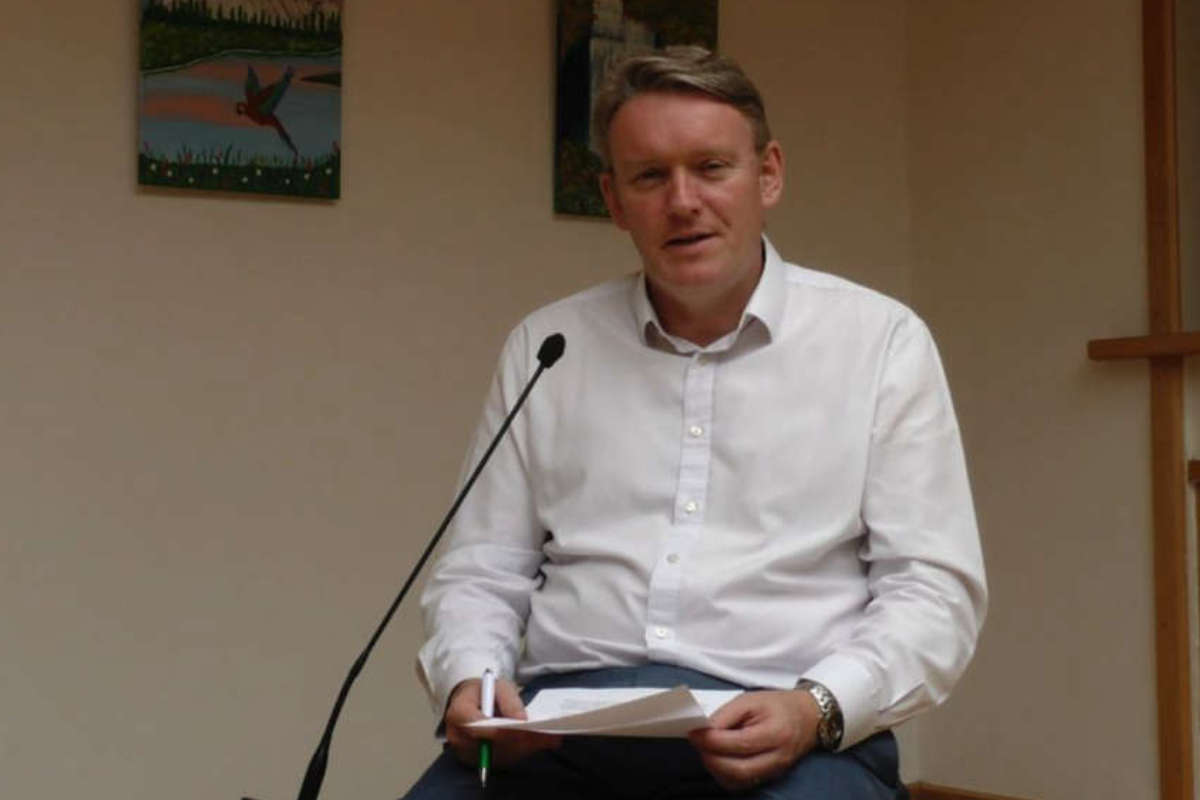 Longford Westmeath TD Calling For Review Of School Transport Scheme Policy
Longford Westmeath TD Calling For Review Of School Transport Scheme Policy
 €9.7M Water Plant Upgrade Completed In Offaly
€9.7M Water Plant Upgrade Completed In Offaly
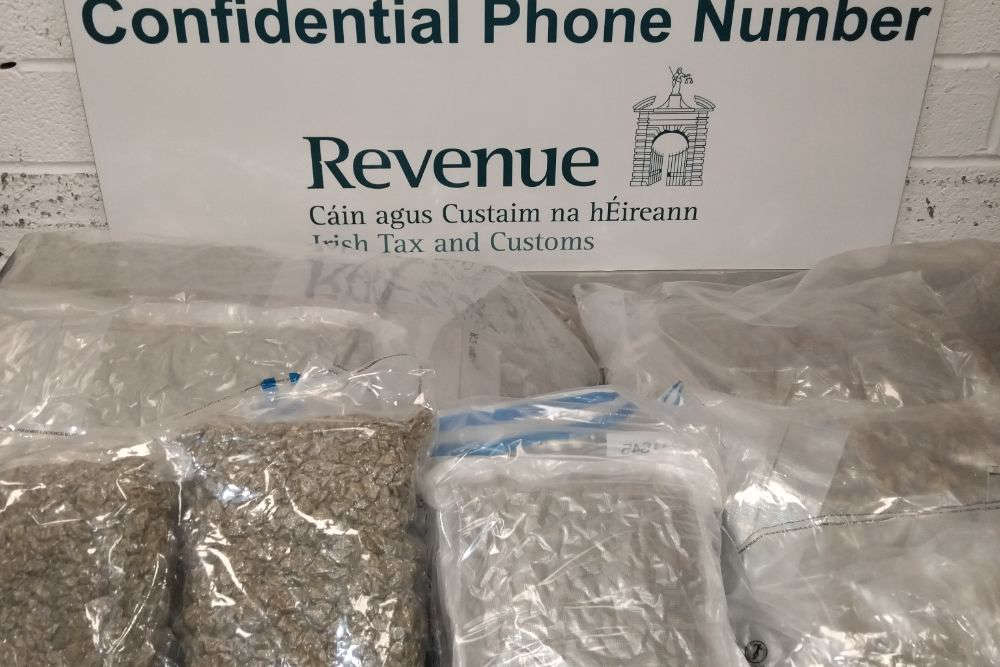 Revenue Seize Contraband Around €2.7m Across Midlands, Louth, Dublin And Rosslare
Revenue Seize Contraband Around €2.7m Across Midlands, Louth, Dublin And Rosslare
 Portlaoise IWA Raising Funds For "Handitandem" Skydive
Portlaoise IWA Raising Funds For "Handitandem" Skydive
 Offaly School's Teabag Waste Project Earns Spot In Sustainability Final
Offaly School's Teabag Waste Project Earns Spot In Sustainability Final
 Midlands Counties See EV Sale Surge In First Three Months Of 2025
Midlands Counties See EV Sale Surge In First Three Months Of 2025
 Sunny Forecast For Midlands To Continue
Sunny Forecast For Midlands To Continue
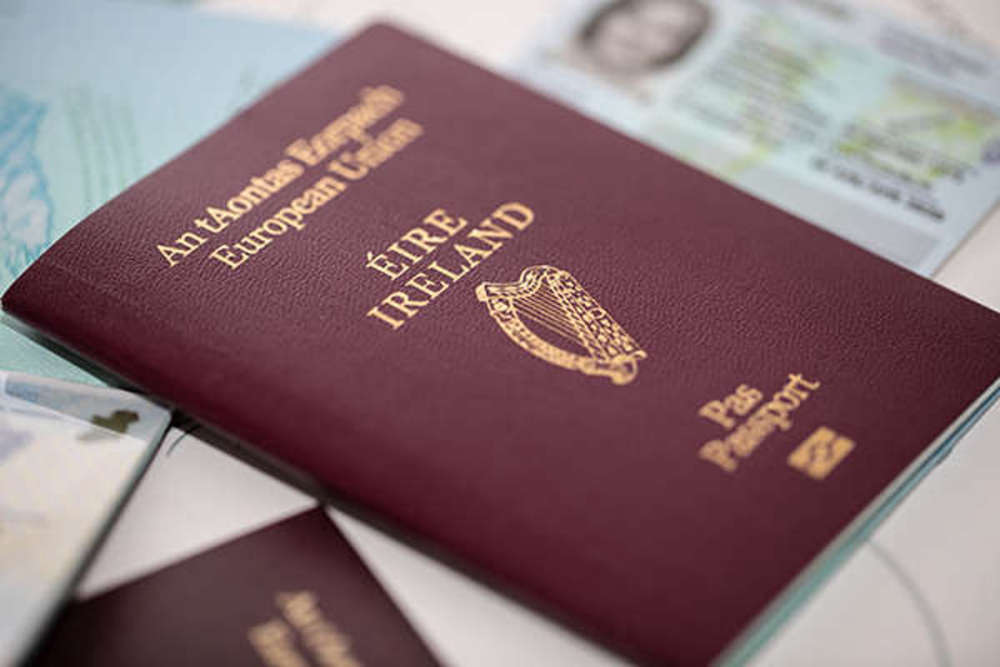 Westmeath Man Expresses Frustration With Passport System
Westmeath Man Expresses Frustration With Passport System
 21 New Acts Revealed For Forest Fest
21 New Acts Revealed For Forest Fest
 The IRHA Is Appealing For Compulsary Black Boxes
The IRHA Is Appealing For Compulsary Black Boxes
 Westmeath Woman Receives Suspended Sentences For Part In Revolut Scam
Westmeath Woman Receives Suspended Sentences For Part In Revolut Scam
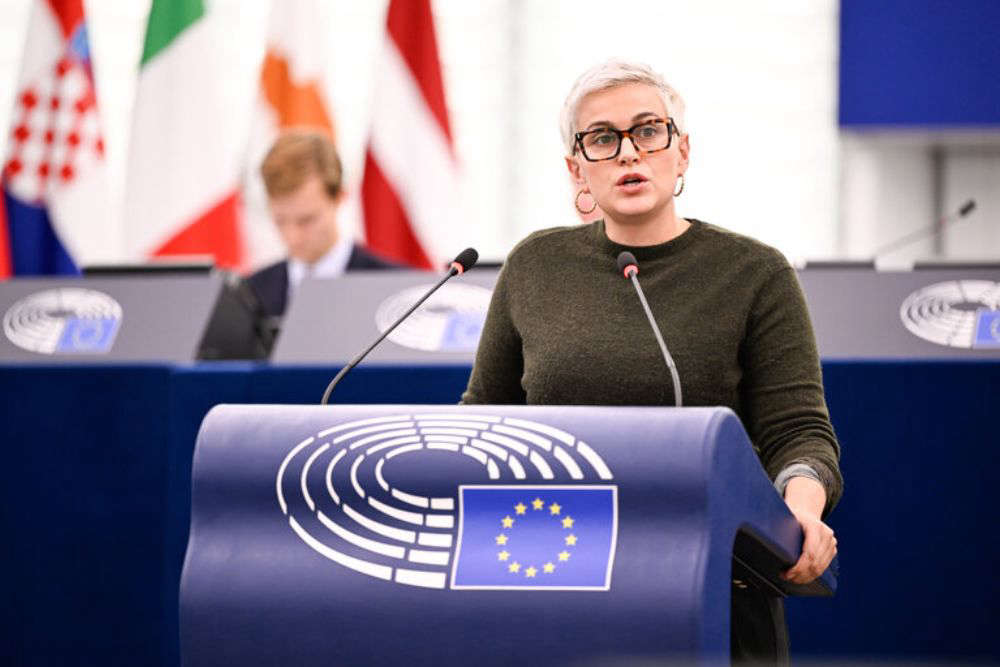 Ireland Needs A Tariff Response Plan - Midlands North West MEP
Ireland Needs A Tariff Response Plan - Midlands North West MEP
 Offaly County Council Set To Present Improvement Plans On "Peat Foundation" Roads
Offaly County Council Set To Present Improvement Plans On "Peat Foundation" Roads
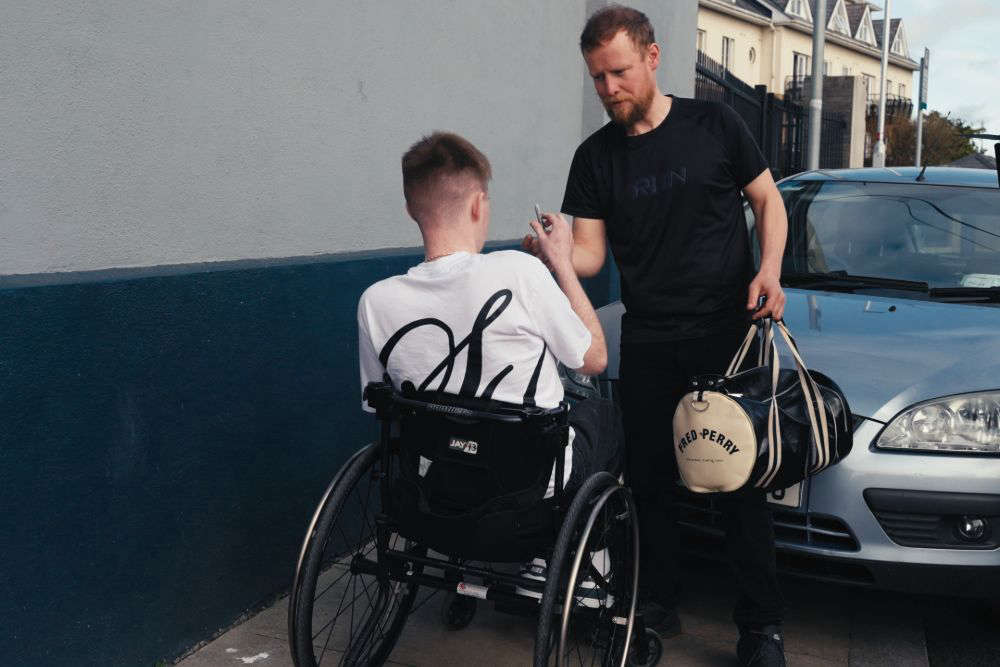 Irish Wheelchair Association Launch #AccessNoJoke Campaign
Irish Wheelchair Association Launch #AccessNoJoke Campaign
 Midlands Animal Rescue Shelter Calls For Microchipping Fines
Midlands Animal Rescue Shelter Calls For Microchipping Fines
 Simon Community Warns Of Long Term Consequences Of Child Homelessness In Midlands
Simon Community Warns Of Long Term Consequences Of Child Homelessness In Midlands
 Laois County Council Claim Consumerism To Blame For Public Dumping
Laois County Council Claim Consumerism To Blame For Public Dumping
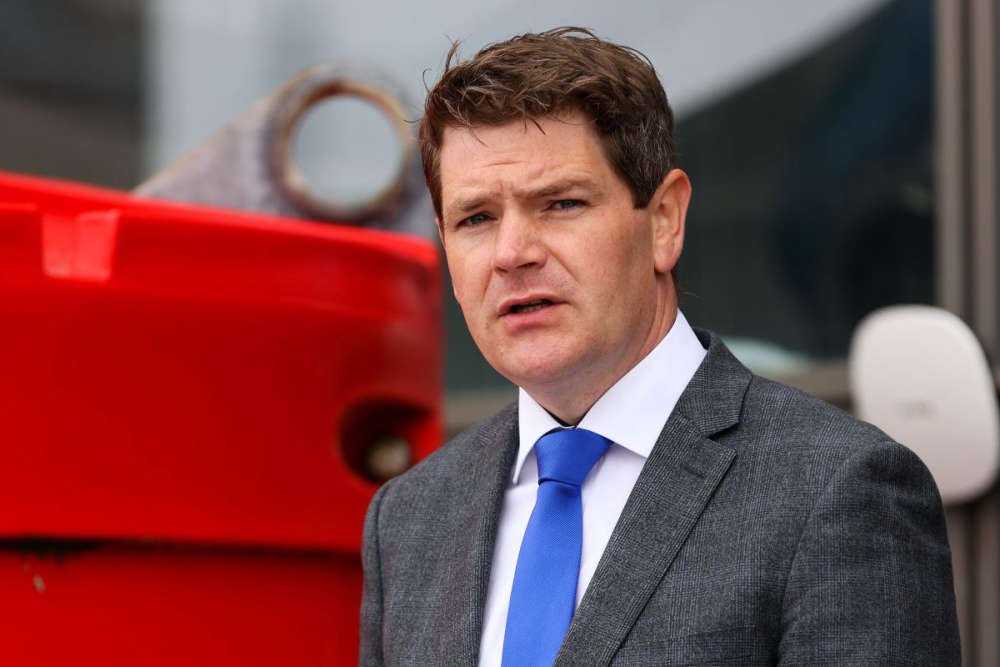 "We've Diversified Our Market"- Enterprise Minister On Uncertainty Around US Tariffs
"We've Diversified Our Market"- Enterprise Minister On Uncertainty Around US Tariffs
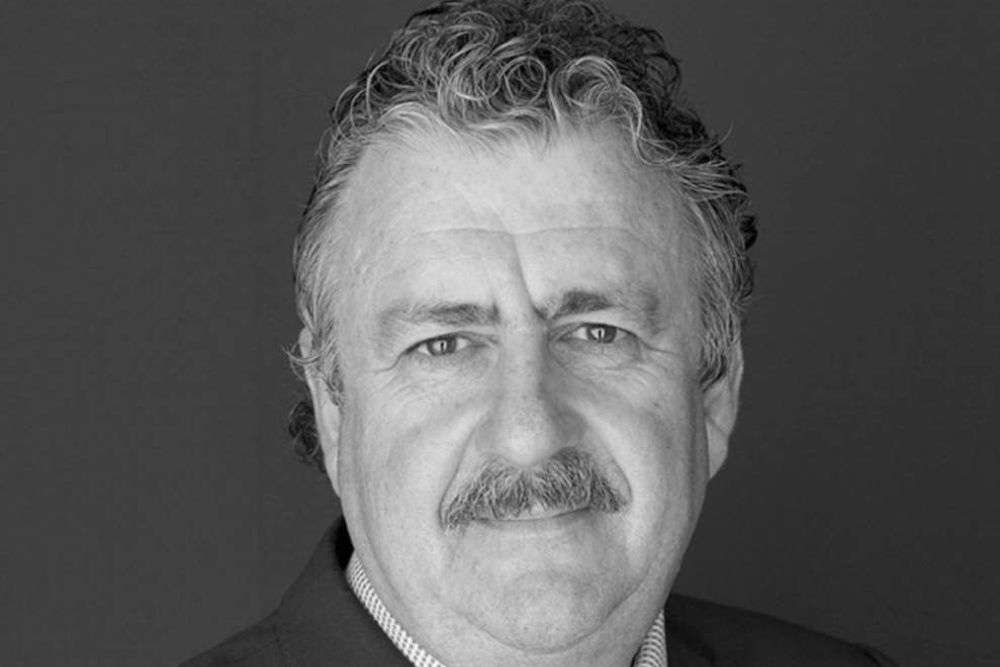 Offaly Developer Kicks Off New Business Series
Offaly Developer Kicks Off New Business Series